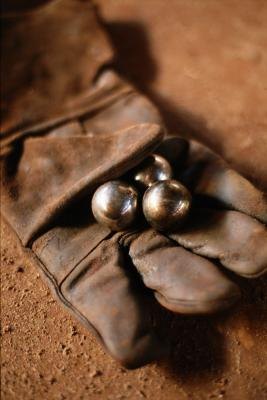Sunday, May 18, 2014
How to Insert Loose Ball Bearings

Found in virtually all moving mechanisms, bearings are hardly given a thought until something starts to grind -- or falls apart. Unlike caged or roller bearings, which are enclosed in a casing, loose ball bearings float freely between metal cups, or "races." Most are commonly found in older applications, loose bearings are used to maintain proper tolerances between two or more moving pieces of a rotating part, such as steering mechanisms or wheels. Since they are not secured inside a housing, loose bearings must be inserted one at a time.
Instructions
- 1
Apply a generous coat of bearing grease to both sides of the bottom bearing race by using your fingers. Insert the race into position, with the ridges on the grooves facing outward. If the tolerances are so close the race will not slide in place freely, tap the race into position with a wooden dowel, of the same diameter as the race, by tapping it with a rubber mallet. Check to ensure the race is seated evenly around the entire circumference of the installation point.
2Grease one ball bearing at a time and place each one in the groove of the race by using your fingers. Insert the bearing by using a pair of forceps or tweezers if the area is too small to reach with your fingers. Set the bottom bearing in place first, if working with a vertical surface. Stack the bearings up along each side of the race, and alternate placing bearings along the left and right sides of the race.
3Coat the top race with grease and insert the race with its grooves facing inward, creating a channel for the bearings between the two races.
4Place the cover plate over the outside race. Some plates will screw onto a threaded rod whereas others will free-float over the race; not all applications have cover plates. Tighten the locknut in place with a wrench.